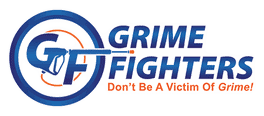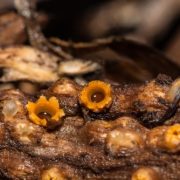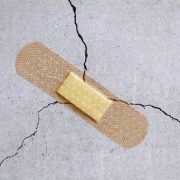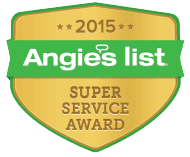COMMON CENTS
Pinching pennies. Not an unfamiliar phrase in the midst of inflation as we all try to cope with rising cost of living. But a ‘pinching pennies’ mindset could overwhelm our common sense. One of our most commonly asked questions is, “Can I just have one section of my siding cleaned?”, thinking it will save money. Will it? What are the risks? What is the reality?
Benefits of House Washing:
- Removes algae, mold, and mildew; Prevents environment fertile for buildup.
- High humidity and moisture necessitates maintenance in order to protect your investment.
- Removing algae, mold, and mildew makes your home healthier. House Washing prevents these from negatively impacting your home.
- It enhances curb appeal and property value.
- Even a home that appears clean may be dirty. Dust, dirt, and grime may be adhering to the surface. Always wash your home’s exterior before painting it.
Risky Business
‘Spot Cleaning‘ is not recommended, and is a waste of your time and money. Rather than saving money, very likely, if a section of your siding is dirty enough to be power washed, chances are the contamination is not contained to the dirty section. You would soon notice the need to house wash again. Besides that, professionals are trained to use different levels of psi for different types of cleaning. What homeowners do not realize is that quite often dirty siding looks clean to the untrained eye. What is more, they also do not realize that washing a small section will definitely leave “clean lines”, just as you would see when you remove a long-residing picture from a wall. But beyond aesthetics of how it looks, there are far more serious reasons why it makes sense to do more than spot clean.
Common Cents
The bottom line. All businesses have a bottom line. Running a company is a balancing act. Many factors contribute to the costs, including cost effectiveness for the cleaning company AND the customer, and must determine whether it is a waste of both time and money to clean only one small section. For example, the logistics of the cost of business includes not only the labor force, but also the equipment, detergents, hoses, machines, gas for the vehicle, and regular wear and tear of the equipment and vehicle. With a baseline price just to function, it is not enough to be a viable business to merely break even in cost. Not to mention other factors that could weigh in that increase business costs which can not be compensated for by the customer. Therefore, if a customer wishes for say a 5 foot square section to be cleaned, at a minimum arrival cost of $249, whereas an average complete house wash could be less than double that price, you can see why it makes sense for the company and the homeowner to settle on a full service, when the preparation, unloading and use of equipment, labor force cost, and delivery fees are the same.
Common Sense
Our quality standard is to clean properly and efficiently. Just as you wouldn’t think of only washing one spot or one side of your vehicle, as it would likely make sense for you to properly finish the job if you are going to invest the time or money. Our vehicles, just like our homes, are subject to wear and tear, and are constantly bombarded by elements, dust, dirt, and grime which untended can lead to stains, rust, and loss of value. The same principle applies to your home. Just because you only SEE dirt on one side or spot, does not mean it isn’t there on the rest of your home. For example, NORTH facing sides of homes are much more likely to show the most dirt or grime as they are shielded from the sun and typically more humid. However, the elements and organisms involved in creating this “Hot Spot” still exist all around your home and are easily transported by wind, weather, animals, and natural processes. To an untrained eye, it would seem to make sense to only do what is needed. To a professional, it is wise to invest that same amount of cost and energy to keep a quality standard, which protects YOUR investment and OUR reputation.
In short, we respect your time and money as much as our own. By keeping our quality and standards high, we endeavour to keep prices low. Common sense dictates that we act in the true best interest of our community, for we all share our ‘common cents’.












